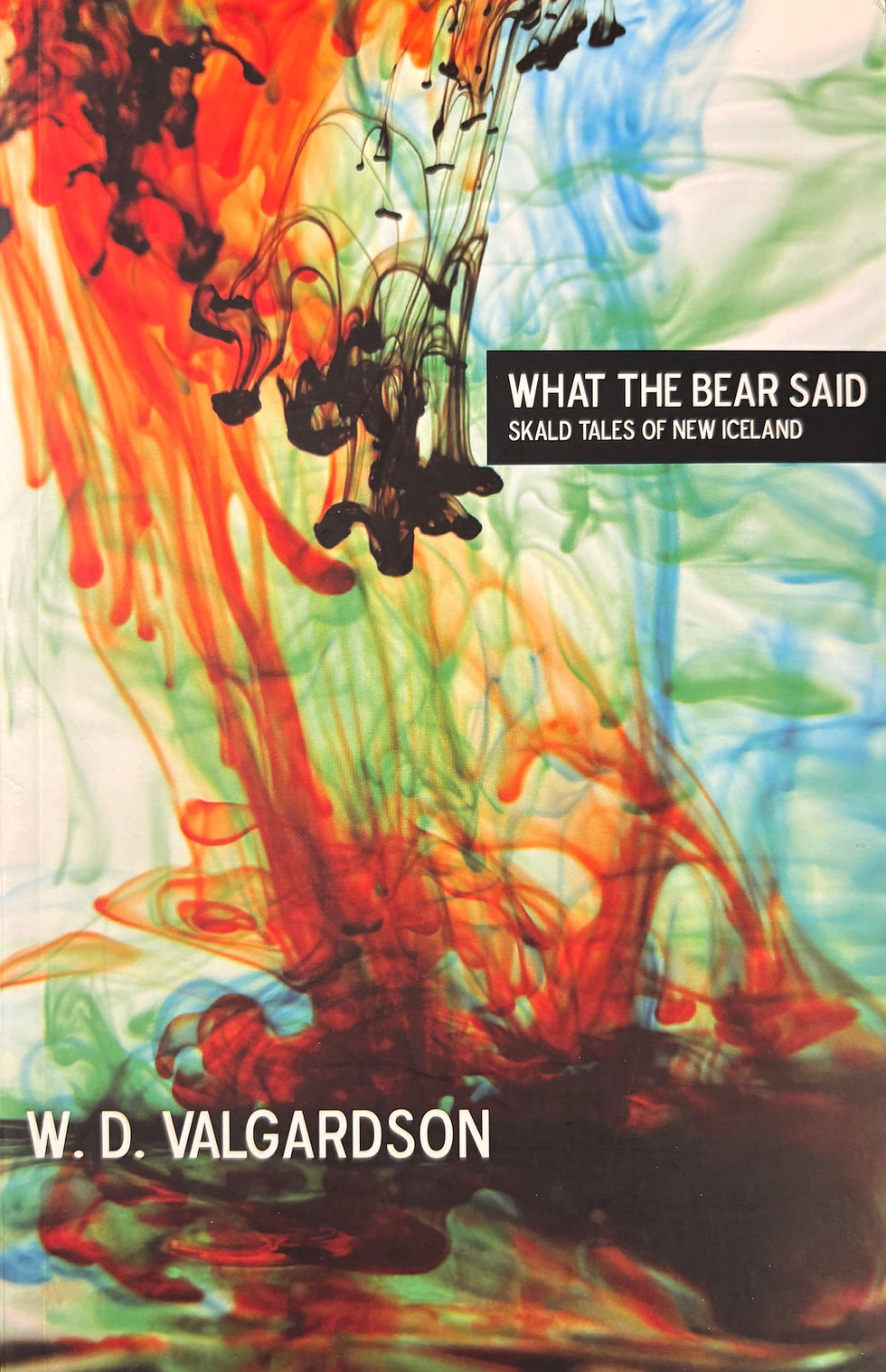Delay Bóndadagur!
- Sunna Olafson Furstenau

- Jan 25, 2019
- 3 min read
Updated: Jan 15, 2020
It has been too cold around here for men to be running around their house barefoot and bare-legged! My husband says we should delay Bóndadagur until spring.
Today is Bóndadagur (Farmer’s Day / Husband’s Day) where the man of the house is supposed to run around the outside of the house (BRRRR at -25°C and -40° windchill) to bring good tidings to the family. The custom is to wear only a shirt, be barefoot, and partly barelegged with just one leg in his underpants leaving the other to trail behind. Then, he is to hop on one foot all around the house bidding Þorri (Thorri) a welcome and protection to his home.
The wife is supposed to bring the man of the house his favorite foods and treat him special. The women will have their special day next month. In modern times, women bring their men flowers, candy, or another treat.
I own an interesting book called Icelandic Feasts and Holidays, Celebrations, Past and Present by Árni Björnsson published in 1980 by Iceland Review History Series. The famous feast, Þorrablót, takes place during this month called Þorri. The very first day of the month is Bóndadagur. The following are excerpts from this book.
In a 1728 letter, the Rev. Jón Halldorson writes that he does not know whether welcoming Thorri is an old custom or a newfangled idea of the common people. He states that he has no knowledge of sensible people participating in such frivolous customs and claims to be actually ashamed to put such nonsense to paper for distinguished people to read. He says, that wintertime and weather in Iceland often depresses people severely and inviting Thorri … so that it might be mild and harmless to her and hers.
These traditions were to befriend the spirits and bring good luck to the farm and home. In the late 14th century, the Flatey Book tells of old King Thorri, who made a sacrifice called a Thorrablot every year in the middle of winter. His daughter was named Goa (the name of the next month) and other royals mentioned were Aegir (Sea), Logi (Fire), Kari (Wind), Frosti (Frost), and Snaer (Snow). So, it seems that Thorri was some kind of winter spirit or weather god.
The word Thorrablot indicates that such ceremonies were customary at the time. These heathen ceremonies were prohibited when Christianity was adopted.
In the 1870s, when Iceland was struggling for independence, the idea seems to have been rekindled of making Þorrablót “according to ancient custom.” In Akureyri, they have had a Thorrablot celebration every year since 1874 (the 1000th anniversary of the settlement of Iceland).
You can attend a special event called Þorrablót (Thor-a-bloat). During this party, they eat traditional Þorramatur (Thorri foods). These foods were the leftovers in the Viking Days pantry and includes harðfiskur (dried fish), Hangikjöt (smoked lamb), hákarl (putrefied shark), blóðmör (blood pudding), svið (boiled sheep heads), rúgbrauð (traditional rye bread), lifrapylsa (liver sausage) and hrútspungur (soured ram testicles). Brennavin (Icelandic schnapps) is used to wash it all down.
Whether the Þorrablót was named after the Norwegian king, Thorri, or after Thor, the Norse thunder-god, it is a fun and interesting tradition. Check if your local Icelandic club will host a Þorrablót. If not, or you do not live near an Icelandic organization - just invite some friends over and start your own traditions!
Send the dates of your Þorrablót in a post to the Icelandic Roots Facebook page and we will share it with all those who follow the page. Happy Bóndadaginn!




